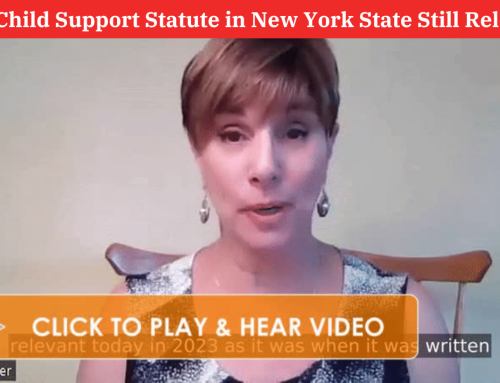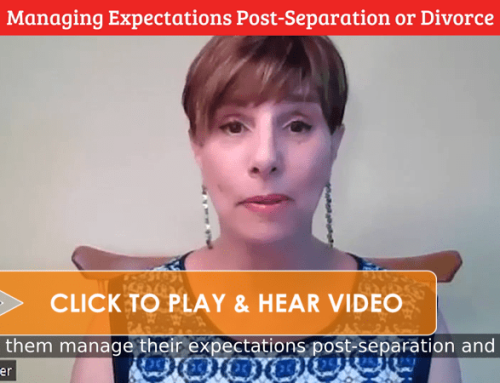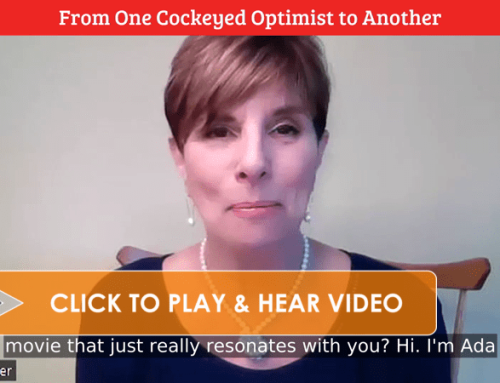 {3.30 minutes to read}
{3.30 minutes to read}
For those of you who have been reading my blog for a while, this title probably comes as a surprise. You know me. I’m the one who is always walking on the sunny side of the street, “accentuating the positive and eliminating the negative” (as the song goes); seeking the “yes” in every situation, and adapting and accommodating — always looking for the best possible outcome.
And yet, we must, as Jesus said in his sermon on the mount: “Be as wise as serpents and harmless as doves.” And THAT, my friends, is the razor’s edge we all walk in life. To be aware and knowledgeable, and at the same time, kind and compassionate. The former being the rational side of the brain and the latter being the loving, yet not naïve, side of the brain. The yin/yang if you will.
In my earlier professional life, I was a commercial real estate broker. My first teacher and mentor in that business was a man named Mike Lerner. Mike was really something. He must have seen my potential because he tucked me under his wing and taught me the ropes. Of the many lessons he taught me, the one that stood out for me and has held me in good stead, was this: “Always look for the no.”
He taught me not to ignore when I sensed a hesitation, a faltering, or something that could possibly be construed to make the deal go south. In real estate, you put in months and months and MONTHS of work to put a deal together and ONLY get paid upon closing. Mike always told me to look for the no as early on as possible and address the concern when it reared its head so as not to have the whole thing blow up at closing. Great advice!
I’ve taken this into my mediation practice as well. We mediators help our couples get to the “yes.” We facilitate the conversation, the negotiations working toward mutual cooperation. And that’s good, that’s what we do. But we ignore the “no” at our peril. If someone’s needs are not being met, or they feel that they are making too many concessions; if they are anxious about the impending outcome; or they don’t feel heard and understood — in the end, they will find some way not to sign the Settlement Agreement. And that’s not good.
So by teasing out the issues, allowing those uncomfortable discussions to come to the surface to be aired, addressed and ultimately worked through, we give voice to any “no’s” that could be undermining the final “yes.”
“No” is not a word most people like to hear, but it’s a crucial one in a mediation. Because once the “no” comes to light, we have a better chance of that “no” leading to other possible outcomes that will most often result in the “yes.”
- Does Child Support Have to be Paid? - April 17, 2024
- Is the Child Support Statute in New York State Still Relevant Today? (video) - April 2, 2024
- Managing Expectations Post-Separation or Divorce (video) - March 6, 2024






Leave A Comment